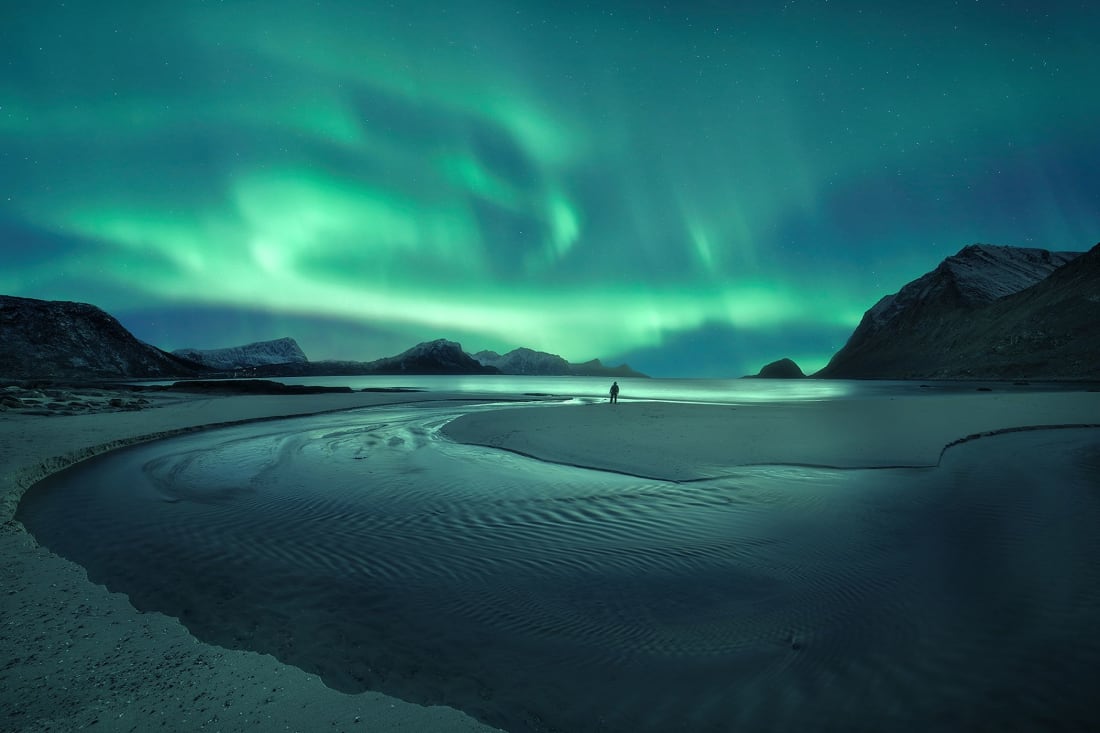Marvel at Arizona's trippy underground canyons
This below-surface wonderland is quite literally one hell of a trip
This below-surface wonderland is quite literally one hell of a trip
Welcome to Wanderlust Wonders: each week we’ll be cleansing your feed with a feel-good snapshot of somewhere beautiful, both in and out of this world.
Today, we’re taking you to the underground gem of the Antelope Canyons in Northern Arizona, USA.
What am I looking at?
A technicolour blend of burnt orange, turquoise blue and dark purple, this dazzling natural landscape looks like something straight out of a Pinterest mood board. But luckily for us, it’s very real. Millions of years of water and wind erosion has resulted in this now national landmark, and the Antelope Canyon has become a hotspot for hikers, photographers and, unsurprisingly, bucket-list chasers.
The canyon takes its name from herds of pronghorn antelopes which once dominated the area where this subterranean wonderland presides. Local tour guides offer photographers special access to the grounds at certain times of the year when the sun is perfectly positioned for beams of light to enter the canyon, which produces dreamy images like the one you see above. Brb, just booking a flight and cleaning my camera!
Tell me more…
Antelope Canyon can be found in the land of Navajo nation, which is home to one of the largest Native American populations federally recognised by the United States government. Generally, the landscape is divided into two regions: when translated from the Navajo language, the upper region is named (roughly) as ‘spiral rock arches’, while the lower is called ‘where the water cuts through the rocks’.
To protect the natural landmarks of this beautiful landscape, the canyons were protected by being officially named a Navajo Tribal Park, restricting visitors to guided tours only in order to preserve it. The canyon is made from a type of sandstone that dates back to the Jurassic ages – yep, I’m talking T-Rex and raptors. Over the centuries, flash floods and monsoon season has eroded the sandstone, causing the distinctive wavy exteriors and accessible corridors we can walk through today. Ah, nature really is incredible, right?
How can I get involved?
We wouldn’t blame you if this well-kept gem is now firmly on your travel bucket list. Thankfully, tourists are more than welcome. If you’re looking to walk around and observe the awe-inspiring scenes, then the upper region is the place for you (it has more even footing and is more accessible). Or, if you’re into trails and hiking, the lower region offers a far more adventurous journey into the rocky corners of the canyon.
Best views from the grid
Tune in next week for another dose of visual healing...



